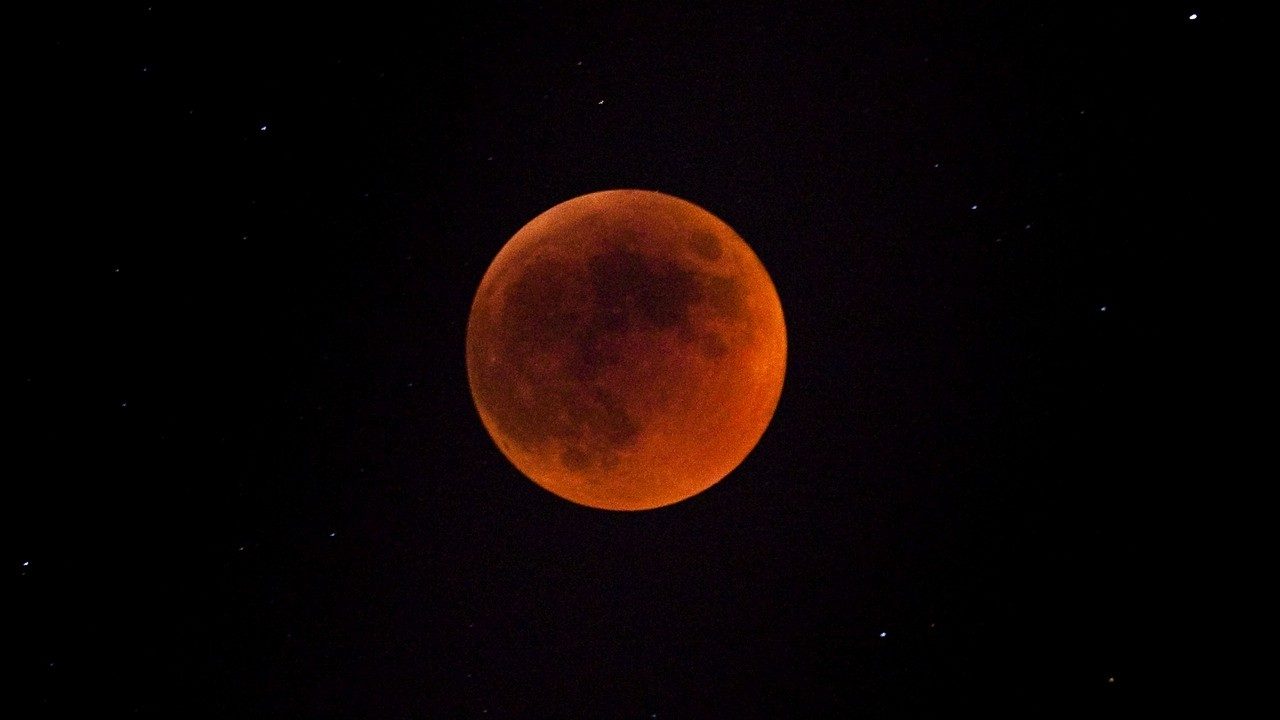The third Lunar eclipse of the year is all set to occur on July 5. It must be noted that this time it will not be visible in India. The first Lunar Eclipse, which also known as ‘Chandra Grahan’ in Hindi, of 2020 had occurred on January 10 while the second of the year took place on June 5. People across the world will witness two more Lunar Eclipse in this year.
According to the timeanddate.com, the Lunar Eclipse that will occur on July 5 will be a ‘Penumbral Lunar Eclipse’ and will have a duration of 2 hours and 45 minutes.
The report also mentions that the moon might be slightly darker in appearance as compared to a usual full moon in much of North and South America, and Africa during the maximum phase of the chandra grahan.
Penumbral lunar eclipse 2020: Do’s and don’ts during Chandra Grahan
Will this Lunar Eclipse be visible in India?
On a sad note for the sky gazers across the country, the Lunar Eclipse of July will not be visible in India. According to timeanddate.com, the Lunar Eclipse will be visible in South and West Europe, much of Africa, South America, Pacific countries, Atlantic Ocean, Indian Ocean and Antarctica.
What are the timings for the Lunar Eclipse 2020?
People in India will not be able to witness the Lunar Eclipse in July. However, the Lunar Eclipse will begin at 8:37 am IST on July 5, 2020, and continue till 11.22 am on the same date. According to timeanddate.com, the Lunar Eclipse will reach its maximum extent at 9.59 am.
As per Indian Standard Time, the lunar eclipse will begin at 8:37 AM and will go on till 11:22 AM. It will reach its maximum at 9:59 AM.
There have been two lunar eclipses this year, the first one was on January 10 while the second one occurred on June 5.


















